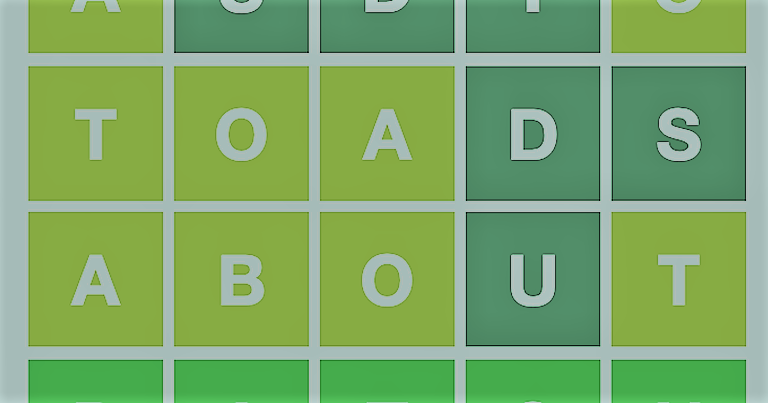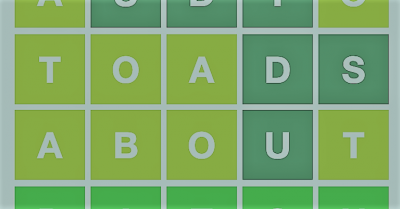Weeks ago, the American newspaper "The New York Times" acquired the famous puzzle game Wordle, which has attracted over two and a half million players since its launch in October of last year. The Wordle game prompts each participant to solve a daily puzzle aimed at reaching a specific word, with six guesses allowed. The next day, results are displayed to players in the form of squares that vary in color between green and yellow, where green indicates the correct letter position and yellow indicates an incorrect one.
With the immense popularity of this free game, a report published by "GIZMODO" revealed that "The New York Times" has begun tracking Wordle participants, especially since it employs in-game advertising tracking technologies. The report noted that some of the tracking devices previously used by the paper were mainly utilized to send data to external players like Google and added, "The creation of ad trackers sometimes encourages purchases of shirts or mugs, but they can also be used for direct monitoring."
The report highlighted that some ambiguous ads are exploited by certain parties to monitor user activities, which may be the case during participation in Wordle: "They know when you enter the game and the location of the device you are using." At the end of the report, the author indicated that this risk is not limited to this game alone but may affect users while browsing various websites.
It is worth mentioning that this game was launched by software engineer Josh Wardle. Weeks ago, "The New York Times" issued a statement announcing its acquisition. The newspaper stated in its statement: "We still focus on making the newspaper subscription essential for everyone who speaks English and seeks to understand and interact with the world; New York Times games are a key part of that strategy, as we had around 980,000 subscriptions to games by the end of the third quarter of last year."




